|
The Coconut Crab (Birgus latro) is the world's largest terrestrial invertebrate. Weighing in at a staggering 9lbs, this land loving Arthropod is essentially a hermit crab on steroids. Like their smaller cousins, they emerge from the sea after a larval stage and immediately seek the protection of Mollusk shells. Over time, the Coconut Crabs abdomen thickens, allowing them to ditch the borrowed shell and move about on their eight legs. They evolved on the isolated islands of the Pacific and Indian Oceans, largely free of terrestrial predators and competitors. Having evolved Branchiostegal Lungs, the coconut crabs are free to move about on land, having largely severed their ties with the sea. In fact, if these massive Crustaceans are immersed in water for too long, they can drown. Even mating occurs on dry land. Ultimately the females return to the edge of the sea to release their eggs, hoping to have them dispersed with the tides and currents. The adult crabs have a rapacious appetite and will consume everything from fruit to sea birds. They've been known to sneak into the nest of Frigate Birds & Boobies at night and subdue their prey, earning them the knick name "Robber Crabs." True to their vernacular, they're also able to husk and consume coconuts. When needed they can even climb to the top of the palms to dislodge their meal, before shredding the husk to get to the nutritious meat. Once fully matured, the Coconut Crabs are virtually immune to predation, save for a few exceptions. The salt water crocodile, even on land, remains a formidable predator and can easily consume coconut crabs. Historically, the greatest menace to the coconut crab was the fully terrestrial crocodilian, Mekosuchus. These bizarre reptiles ranged from Australia to Vanuatu and New Caledonia and only disappeared recently with the arrival of man. Mekosuchus could even climb trees in pursuit of their prey! The biggest threat to Coconut Crab health and happiness today is human predation. Considered a delicacy throughout their range, the giant Crustaceans have been extirpated on many of the more populated islands of Oceania. Fortunately, in Palau, there are hundreds of uninhabited limestone islands, where the crabs can enjoy a free and easy lifestyle. By: Ron Leidich
0 Comments
Your comment will be posted after it is approved.
Leave a Reply. |
Categories |
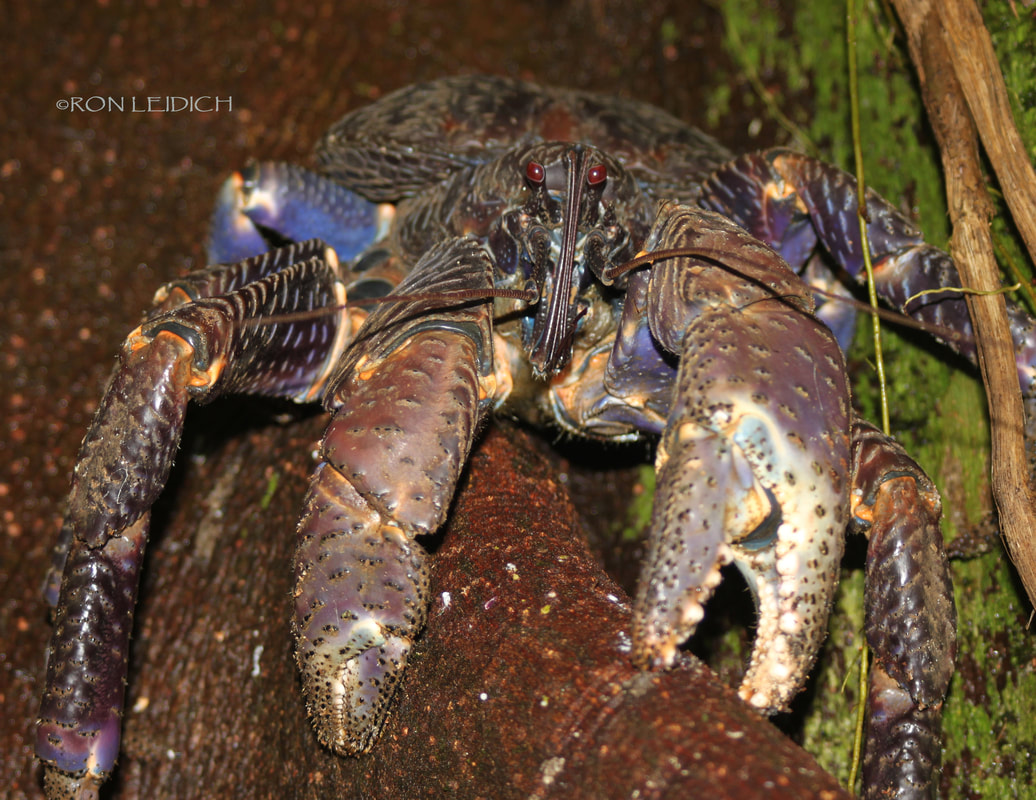
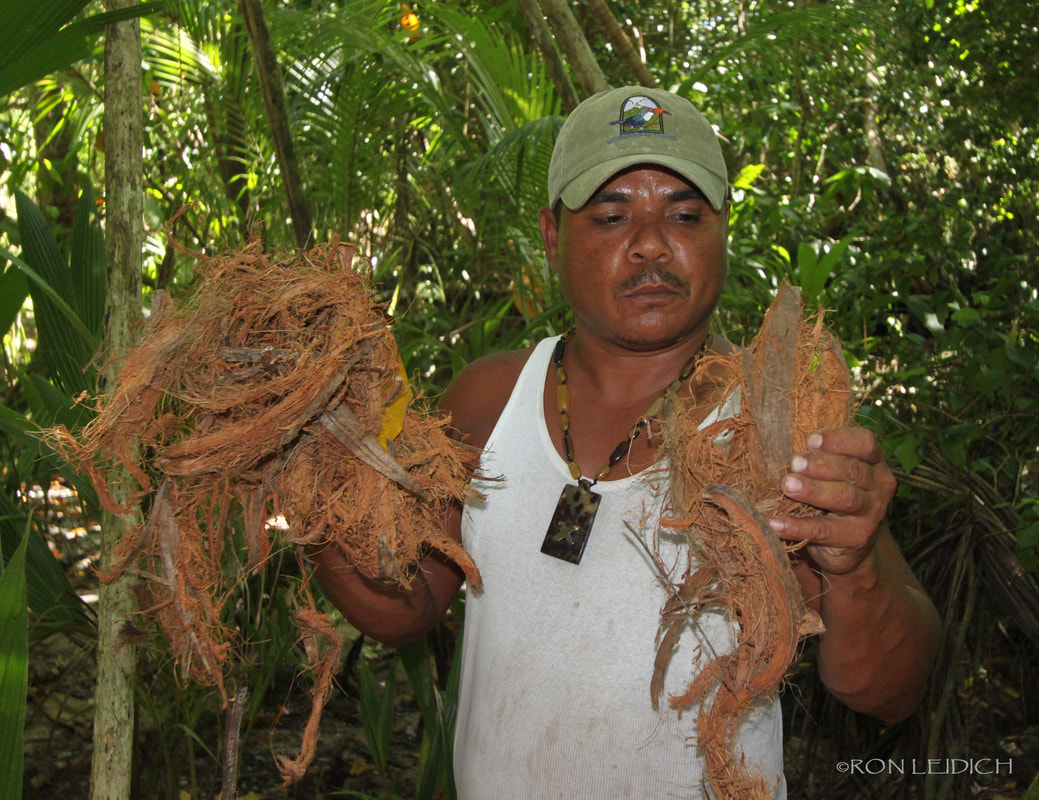
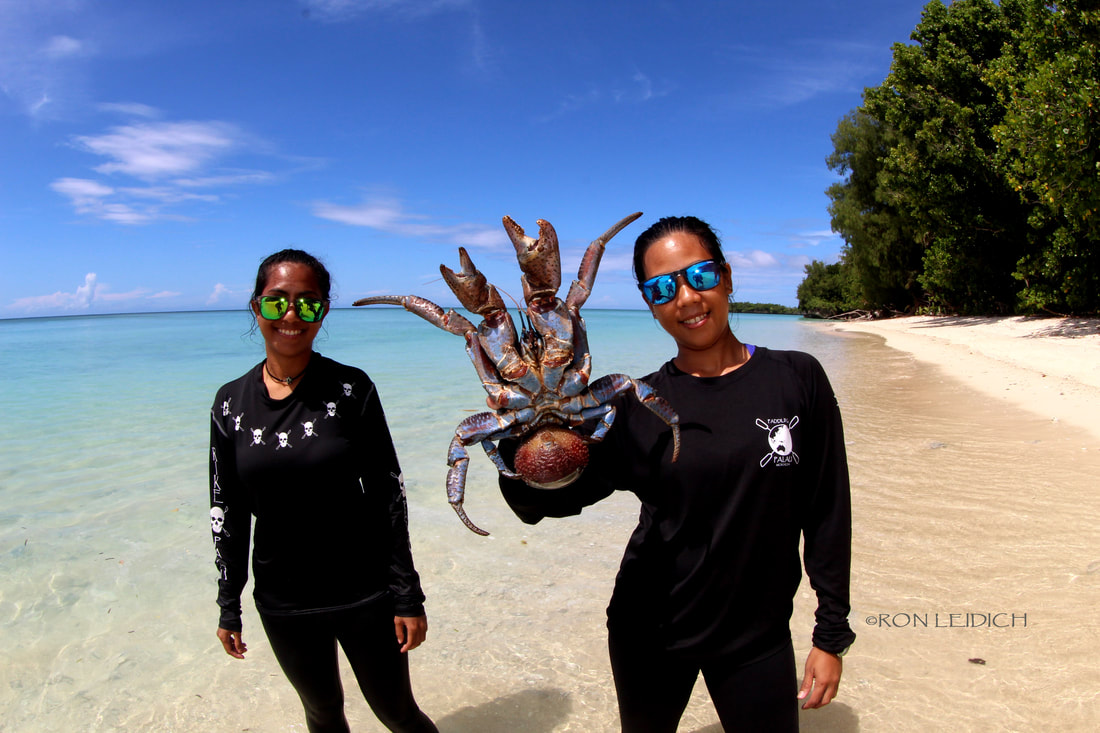
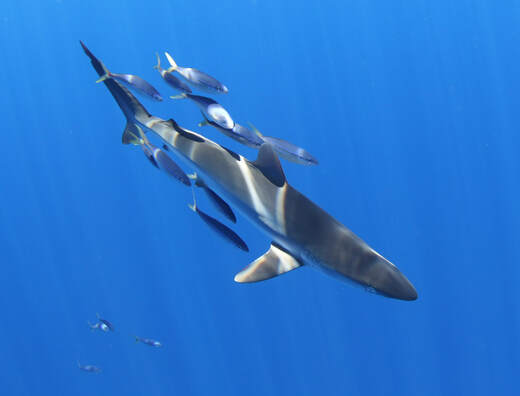
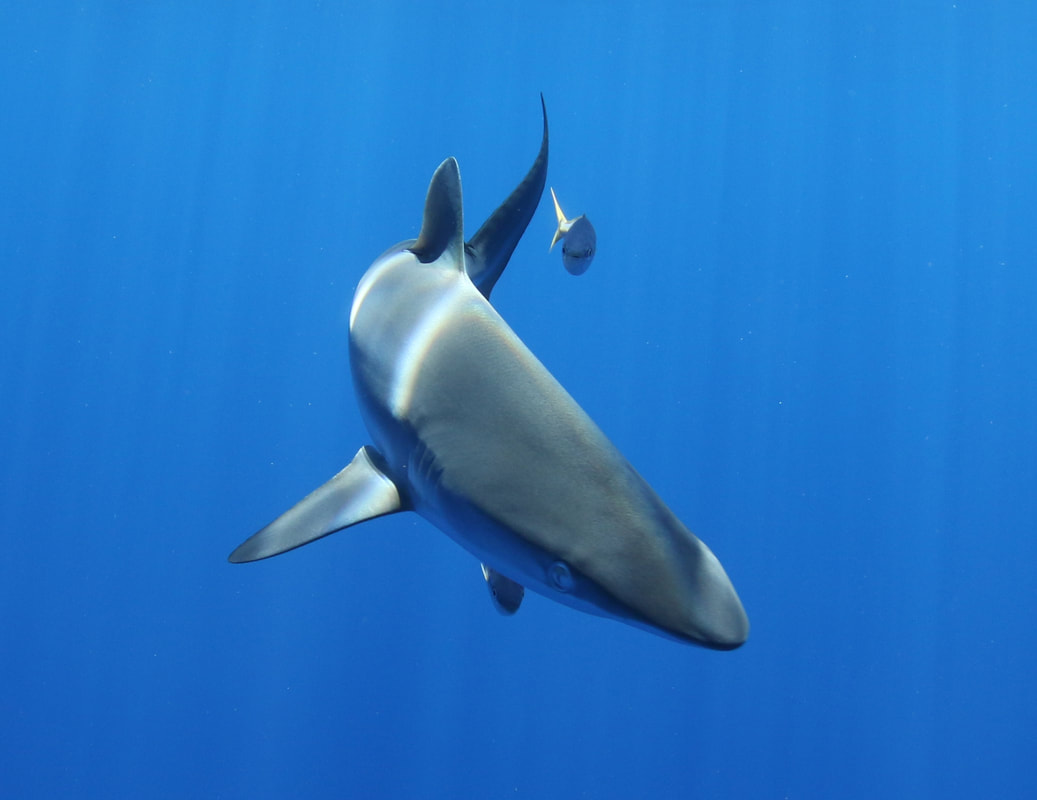
 RSS Feed
RSS Feed